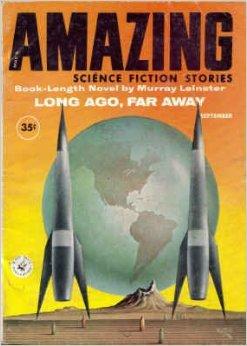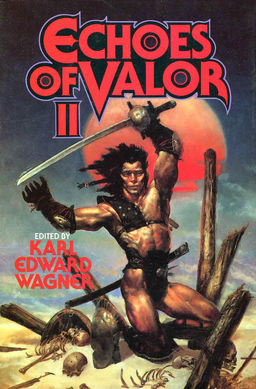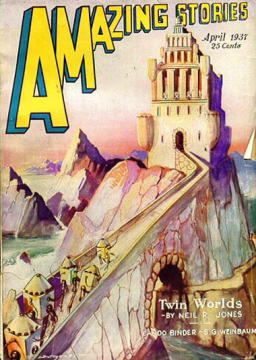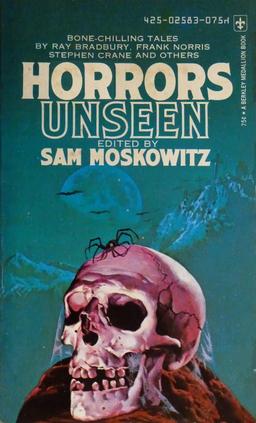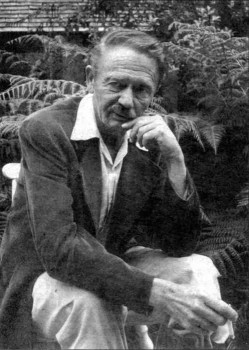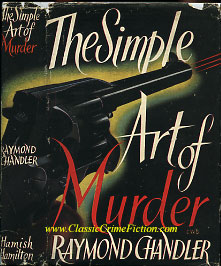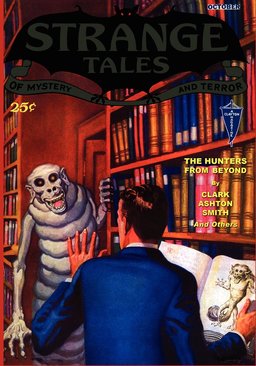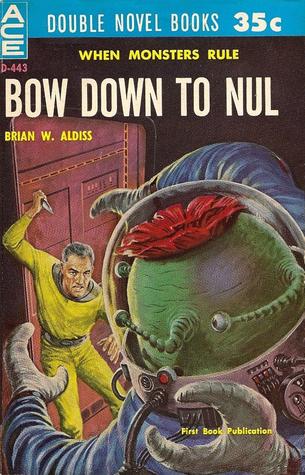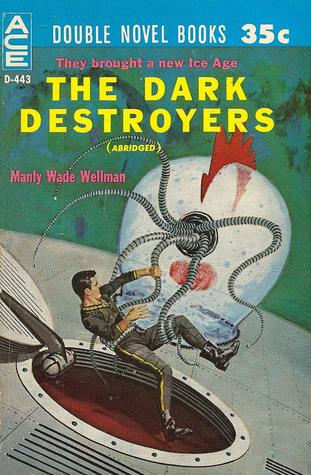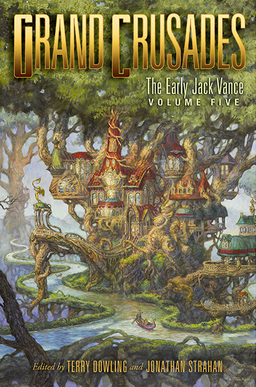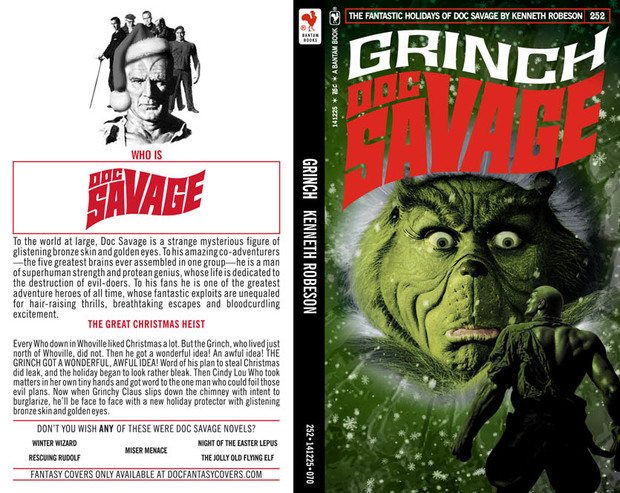Murray Leinster and the Moon
I first encountered Murray Leinster’s work when Black Gate published his classic pulp story “The Fifth-Dimension Catapult” in BG 9.
While the story was enjoyable, it didn’t resonate much with me at the time. The key I suppose was that his name stuck in my mind, and as time went by, and as I followed the Black Gate blog, I began to appreciate the many treasures I had been missing out on — purely through consuming mostly contemporary fiction.
Resolving to remedy this oversight, I decided to pay more attention when scanning flea market stands and the shelves of book exchanges. My Ace Double collection (something else I owe to Black Gate) started to grow exponentially, and eventually I came across a Murray Leinster novel: Four from Planet 5.
It’s a thin volume, which seems to have been par for the course back in the days before the fat-fantasy trend. It was published by Fawcett in 1959 under their Gold Medal imprint and runs to 160 pages, with cover art by the prolific Paul Lehr. Some research indicates that the story was published a few months earlier in Amazing Science Fiction Stories, September 1959, under the title “Long Ago, Far Away.”

